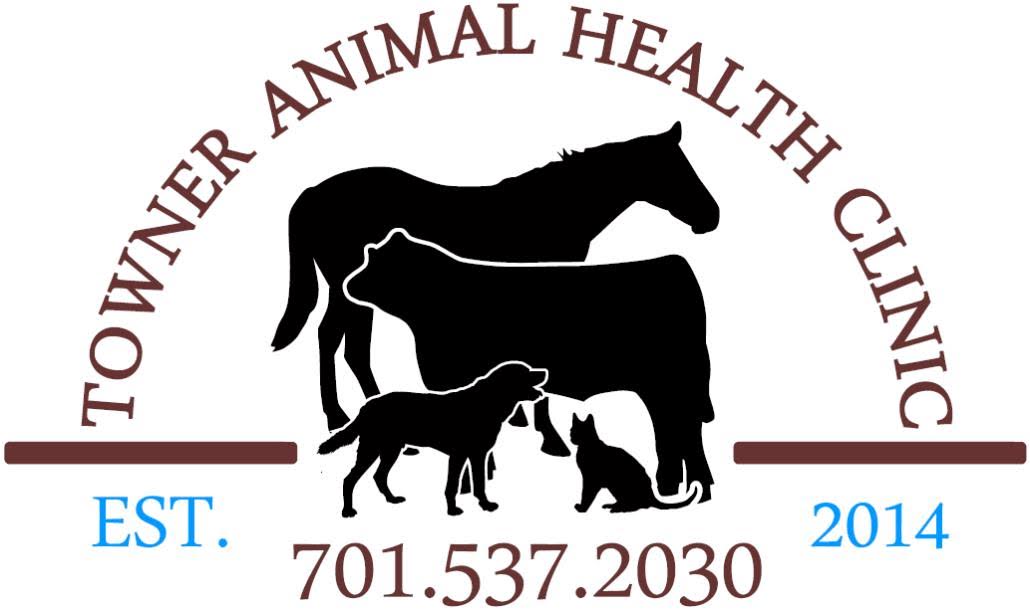Library
-
The American Animal Hospital Association and American Veterinary Medical Association have established guidelines to standardize preventive health care for cats, helping them to live longer, healthier lives. This handout provides an overview of the recommendations within these guidelines and why they are so important.
-
A persistent tooth is a deciduous (baby) tooth that is still present when the permanent tooth erupts. When this happens, the baby tooth occupies the place in the mouth that is meant for the permanent tooth, forcing the permanent tooth to erupt at an abnormal angle or in an abnormal position. The result is crowding or malposition of the tooth, causing an abnormal bite (malocclusion). Early extraction is advised.
-
Gingival hyperplasia is the abnormal growth of excessive gum tissue. The gums may appear reddened or inflamed and may become so enlarged that it is difficult to visualize the teeth. In some cases, gingival hyperplasia may be localized to specific areas and its appearance may mimic the appearance of a mass or tumor. Gingival hyperplasia is most commonly treated with the surgical removal of the excessive proliferative tissue, referred to as gingivoplasty. Although it results in a significant improvement in clinical signs, gingivoplasty does not typically cure the condition.
-
Enzymatic toothpaste (brand name C.E.T., others) is a product used at home by pet owners to aid in tooth brushing that minimizes plaque and tartar formation on the exterior of the tooth (the crown), and also assists in the maintenance of good oral hygiene. It can be used on both dogs and cats.
-
Fractured teeth in cats can result from fights, car accidents, and chewing on hard objects. There are five classifications of tooth fractures and each needs treatment to avoid tooth sensitivity and pain. Because cats have thin enamel, even a small chip fracture can cause pain and needs veterinary care. Clinical signs include chewing on one side of the mouth, excessive drooling, pawing at the mouth, and facial swelling.
-
Plaque and Tartar Prevention in Cats
La placa es una sustancia gelatinosa que se forma en los dientes a las pocas horas de una comida. A las 24 horas, la placa empieza a mineralizarse y combinarse con las sales presentes en la salina. Si la placa continua acumulándose y mineralizándose, con el tiempo se convierte en sarro.
-
Plaque and Tartar Prevention in Dogs
La placa es una sustancia gelatinosa que se forma en los dientes a las pocas horas de una comida. A las 24 horas, la placa empieza a mineralizarse y combinarse con las sales presentes en la salina. Si la placa continua acumulándose y mineralizándose, con el tiempo se convierte en sarro.
-
Tooth Resorption in Cats
Una de las enfermedades más frecuentes en la práctica veterinaria en gatos son las lesiones de resorción oral felinas (LROF). Estas lesiones también se llaman cavidades, caries, lesiones del cuello cervical, resorciones de la raiz internas o externas, o erosiones de la línea cervical. Las LROF normalmente se encuentran en la parte exterior del diente, en el área donde el diente se une con la encía.
-
Radiographs (X-Rays) for Cats
Uno de los procedimientos diagnósticos más comunes en medicina son las radiografías o rayos-X. El término rayos-X se originó en 1895 cuando el físico alemán Wilhelm Röntgen descubrió la técnica.
-
This handout discusses the pros and cons of feeding a raw food diet to your dog. Topics included are nutritional imbalances, potential bacterial contamination, the risk of foodborne illnesses involving both you and your pet, and other concerns that may arise from feeding a raw food diet.

